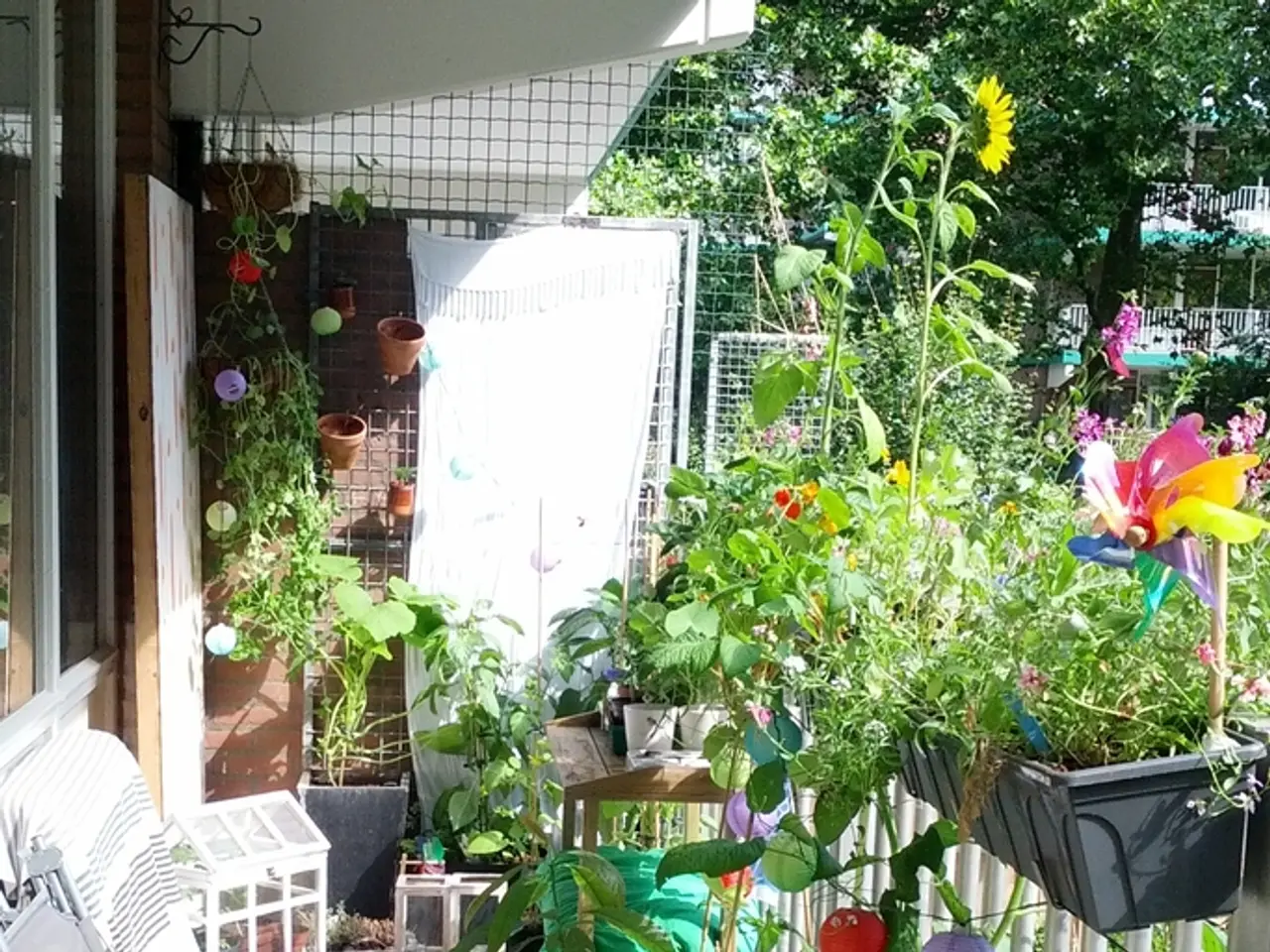Re-envisioning Your Life: Modifying Your Home, Daily Habits, and Personality
In today's fast-paced world, it's essential to take a step back and focus on living a slow, simple, soulful, and sustainable lifestyle. This article aims to inspire you on your journey towards emotional freedom and a clutter-free home.
Letting go emotionally can be a significant step towards personal growth. It involves giving yourself permission to shift and stop trying to live up to someone else's expectations. This process might also mean being more flexible with how you view your past, accepting it but not feeling the need to carry every part of it forward. Emotional weight can be caused by thoughts, roles, and expectations that have built up over time.
When it comes to decluttering your home, focusing on small shifts can make a significant impact. Start by decluttering one area at a time and simplifying daily habits by adopting easy, consistent routines.
One effective decluttering method is the Four Box Method. This involves sorting items into Trash, Storage, Put Away, and Give Away/Sell boxes room by room. This approach helps to avoid overwhelm and makes the process more manageable.
Another tip is to set up a designated donation box or bin in a visible spot. This encourages ongoing, on-the-fly decluttering without requiring extra effort. Regularly taking quick 10-minute decluttering actions, such as clearing frequently messy spots or organizing commonly used items in baskets for easier access and faster cleanup, can also be beneficial.
When downsizing or reorganizing, measuring spaces first can help ensure furniture and belongings fit comfortably. This helps maintain clear pathways and a sense of calm. Utilizing multi-functional or smart furniture, such as ottomans with hidden storage or beds with drawers, can also help maximize space and reduce clutter.
Simplifying daily routines can also contribute to a clutter-free home. Designating easy-to-maintain storage for often-used items, like kitchen gadgets or summer gear, keeps surfaces clear and reduces clutter build-up.
Choosing what makes sense for where you are now, not where you used to be, is key in the process of change. Talking to someone who won't judge your choices can also aid in letting go emotionally. Journalling can help bring clarity in this process, and each step towards change, taken mindfully, supports overall wellbeing without needing a full reset.
Remember, change doesn't have to be immediate or dramatic; it can be a slow, personal process that unfolds in your own time. By implementing these small, manageable actions, you can build habits that simplify your environment and lifestyle, ultimately making your home feel larger and more peaceful without requiring major overhauls.
[1] Source 1 [2] Source 2 [3] Source 3 [4] Source 4 [5] Source 5
A slow lifestyle can be an integral part of a minimalist and sustainable fashion-and-beauty approach, as it encourages mindful consumption and appreciation for simple, timeless pieces.
Slow living extends beyond personal attire and décor; it can also be applied to home-and-garden, influencing a focus on cultivating a tranquil and clutter-free living space.




